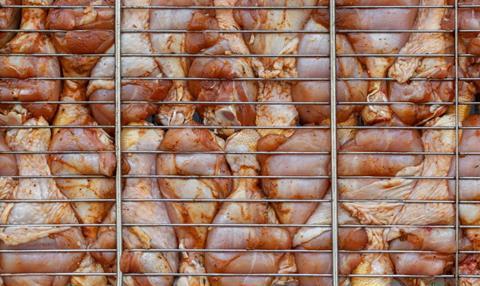A report by the Food and Agriculture Organisation of the United Nations (FAO) has found that global production of livestock is projected to expand by 1.3% annually over the next decade, slower than seen in the recent past.

The FAO and the Organisation for Economic Co-operation and Development (OECD) have released a report detailing how food production and global agriculture will grow at a slower pace over the next 10 years. The Outlook has been composed with the goal of becoming a global reference for medium-term prospects for agricultural commodity markets.
Global average per capita consumption of meat is projected to increase by 0.1% annually, mostly driven by middle and lower-income countries. Worldwide demand for meat is expected to increase through 2032, but per-capita consumption levels in high-income countries are projected to decline in the coming decade, led by drops in Western Europe and North America.
Poultry meat is projected to account for almost half the increase in total meat production through 2032.
Greenhouse gas emissions from agriculture are also expected to increase by 7.5% in the next decade – just less than half the projected output growth – indicating a significant fall in the carbon intensity of agricultural production. The livestock sector is projected to account for 86% of the increased emissions.
Total food consumption is expected to rise by 1.3% per annum to 2032, indicating an increase in the share of agricultural commodities used as food. Uncertainty has risen due to geopolitical tensions, adverse climate trends, animal and plant diseases and increased price volatility for key agricultural inputs, but global production of crops, livestock products and fish are now projected to grow at an average annual rate of 1.1% during the period, half the pace recorded in the decade ending in 2015.
This story was originally published on a previous version of the Meat Management website and so there may be some missing images and formatting issues.















